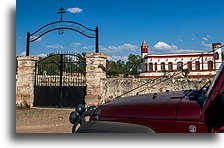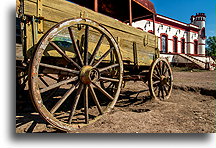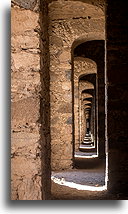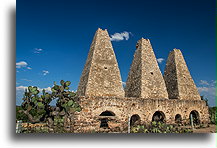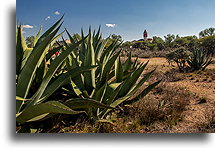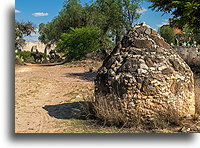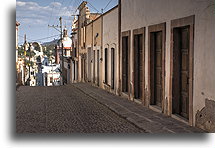
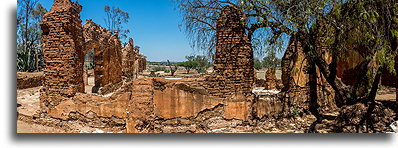
The old mining settlement has its root deep in the beginning of missionary presence in Mexico back in the 16th century. The Jesuits were the first to realize the area’s mineral wealth and using the work of the indigenous Chichimeca Indians began mining and processing mercury, silver and gold. Silver was extremely valuable metal in Europe at that time and contributed to the rise of the Spanish Empire. The involvement of the Jesuits in the production of silver was probably one of the reasons that led to the expulsion of this order from New Spain in 1767. Over the centuries, mining continued and the city’s population grew to over to 80,000 residents. When silver suddenly lost its value in the early 1900's, the mines were closed, and people left the region. Just like Real de Catorce, the town of Mineral de Pozos became a ghost town and a dangerous place to live in.
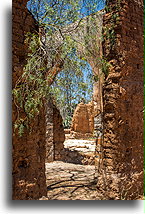
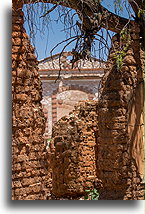
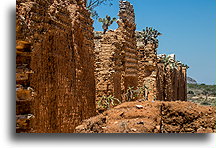
Haciendas in Mineral de Pozos were the Metal-Processing haciendas. This is in contrast to agricultural haciendas throughout Mexico, which provided food and fiber products. There are several haciendas to visit in Minerał de Pozos. We went to see the ruins of San Rafael Mine and the former Hacienda El Triángulo on the outskirts of the village.
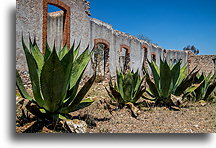
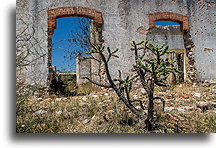
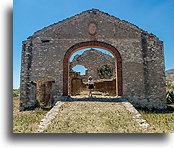
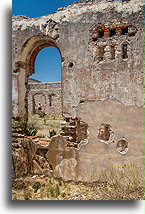
Hacienda 5 Señores was a large mining factory with hundreds of acres of land and many mineshafts. Some buildings have interesting architectural features characteristic of the styles found in France, England, and Moorish style typical to Arabic Spain. Together with a local guide, we went down to one of the mineshafts. It was a different experience and an opportunity to see the heavy dusty conditions in which people had to work underground.
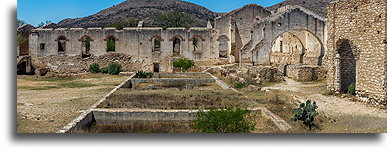
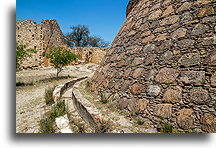
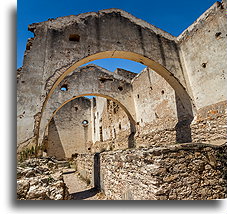
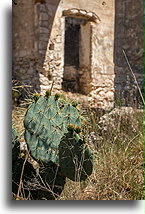
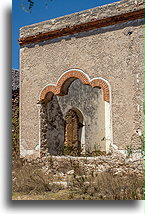
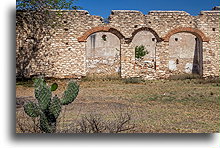
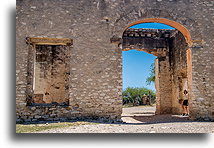
The Jesuits founded Hacienda Santa Brígida in 1576. It was another large mine corporation with many factory buildings. Three conical ovens constructed in 1595, were designed to extract silver from the ore.
